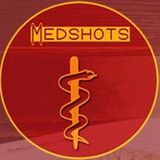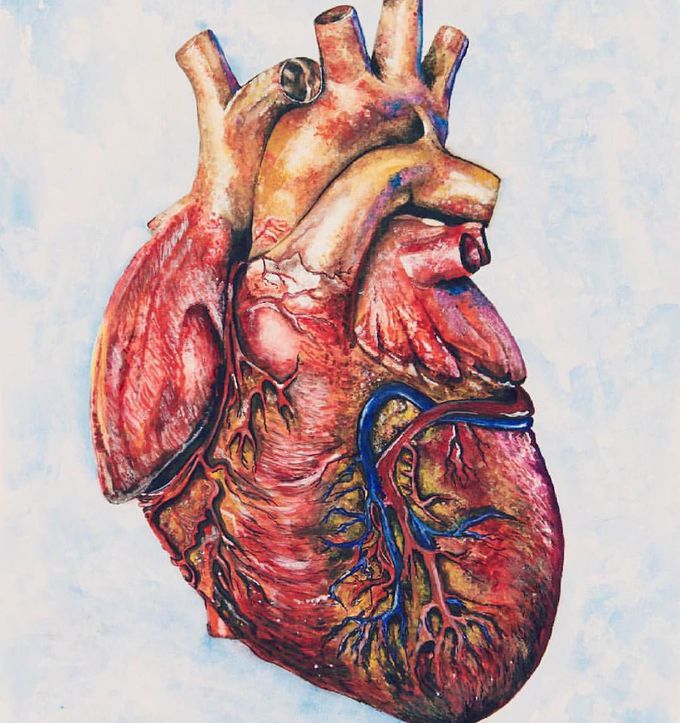


A real piece of art. The heart is a muscular pump with four chambers and an equal number of valves. The two chambers at the top of the heart are known as the atria, a right and a left. The two bottom chambers are the ventricles. The atria receive blood that returns from the different parts of the body, while the ventricles pump that blood back to all body tissues. Valves that separate the atria from the ventricles are called the atrioventricular valves. There are two: the tricuspid on the right and the mitral on the left. Valves at the ventricular outlets are called semilunar valves. The two semilunar valves are the pulmonary and the aortic. The heart wall consists of three layers: the outer epicardium, the middle myocardium, and the inner endocardium. The epicardium and endocardium are thin layers. The myocardium forms the main bulk of the heart and is made up of cardiac muscle fibers. The outermost layer that surrounds the entire heart is called the pericardium. Vessels that carry blood away from the heart to the body are called arteries, while those that bring it back are called veins. The largest artery is named the aorta. It arises from the left ventricle. Follow us @medshots for more shots

